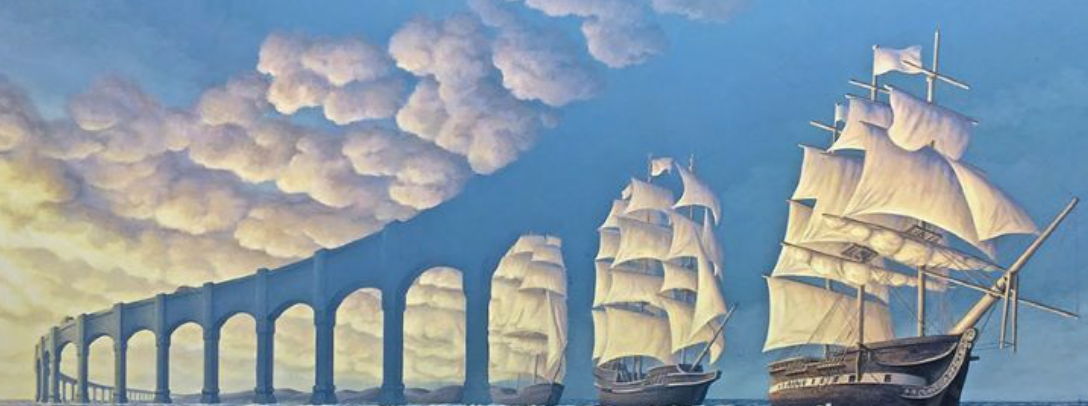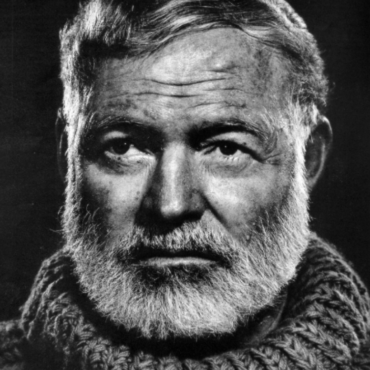Magical realism is a genre that combines the real with the fantastic. The term originated in 1925, when German art dealer Franz Roh described Frida Kahlo’s paintings as “magical realism”, but it wasn’t until later that magical realism became more widely recognized as a literary and artistic movement. Today, this literary style continues to be used by writers from diverse backgrounds who want to tell stories about their culture without falling into stereotypes or tropes. This genre has the ability to change the culture from the perception of our own lens.
Magical Realism, a genre which combines the real with the fantastic, is often considered a cultural phenomenon.
Magical realism is a genre of literature that combines the real with the fantastic. It’s often considered a cultural phenomenon, because it allows writers to talk about reality in ways that are meaningful to them and their culture. For example, magical realism allows people to explore their own identities through fantasy elements–such as magical creatures or supernatural events–but still tie it back into the real world.
Magical realism can also be used as an exploration of culture and identity by talking about things like politics or social issues through fantasy elements rather than directly discussing them with words like “politics” or “social issues.”
The genre can be traced back to the 1920s and 30s.
Magical realism is a genre that combines the real with the fantastic. It’s a reaction to modernism, which focuses on external reality and often strips away emotion or fantasy in favor of logic, reason, and scientific thinking.
Magical realism was popularized by Latin American writers in the 1920s and 30s (and continues to be popular today). But it has also been adopted by other authors around the world–including Gabriel Garcia Marquez and Isabel Allende from Colombia; Salman Rushdie from India; Chinua Achebe from Nigeria; Ngugi wa Thiong’o from Kenya; J M Coetzee from South Africa…the list goes on!
There are many reasons why magical realism might appeal to writers and readers from particular cultures.
There are many reasons why magical realism might appeal to writers and readers from particular cultures. For example, if you’re writing about a minority group in your country, magical realism can be a way of exploring the experience of being a part of that group without falling into stereotypes or tropes. It allows the writer to explore their own culture without feeling like they are betraying it.
Magical realism also allows people from different backgrounds who may have little understanding of each other’s experiences come together around common themes: family, identity, love and loss all resonate regardless of where you were born or what language you speak at home (and no matter how many times someone tells me they don’t believe in magic).
Magical Realism also has roots in indigenous traditions in Latin America.
Magical Realism also has roots in indigenous traditions in Latin America. The term “magical realism” was first used in 1925 to describe paintings by Frida Kahlo, who was a member of the Mexican Indigenous community. The term was popularized by Franz Roh, a German art dealer and critic who wrote about art from Latin America, but it wasn’t until 1988 that magical realism became more widely known when Salman Rushdie published his book Midnight’s Children which won the Booker Prize for Fiction that year.
The use of magical realism for story telling has always been important to many indigenous cultures because it allows them to express their beliefs and traditions through storytelling without fear of persecution or censorship from colonial governments or religious institutions (although this still happens today).
Magical Realism doesn’t just happen in literature – it also happens in visual art, theatre, music and film.
Magical realism doesn’t just happen in literature – it also happens in visual art, theatre, music and film.
Magical realism is not a genre but an approach to the world that blends the real with the fantastic to create a new reality. It imitates life as we experience it and uses metaphors from our own experience to describe other things that cannot be seen or understood directly: dreams, myths and legends are all examples of this process at work.
The term was first used in 1925 by German art dealer Franz Roh when describing the paintings of Mexican artist Frida Kahlo, who often combined surrealist imagery with Mexican folk art motifs.
The term was first used in 1925 by German art dealer Franz Roh when describing the paintings of Mexican artist Frida Kahlo, who often combined surrealist imagery with Mexican folk art motifs. The word “magical realism” was also used to describe some of the works of Salvador Dali and Max Ernst, who were influenced by Surrealism.
Magical realism can be an effective way for writers from diverse backgrounds to tell stories about their own culture without falling into stereotypes or tropes.
Magical realism can be an effective way for writers from diverse backgrounds to tell stories about their own culture without falling into stereotypes or tropes.
Magical realism is a genre that combines the real with the fantastic. It’s often considered a cultural phenomenon, as it allows writers from marginalized communities to explore their experiences in new ways using fantasy elements and supernatural happenings. This can help readers to see themselves reflected in literature in ways that they might not have before.
Conclusion
The genre of magical realism has been around for over a century, and its influence can be seen in all kinds of media. From literature to film, theatre and music, there are many examples of how this genre has been used by writers from diverse backgrounds who wish to tell stories about their own culture without falling into stereotypes or tropes. In this post we’ve explored some of these examples as well as why magical realism might appeal more strongly to certain groups than others






Add Comment